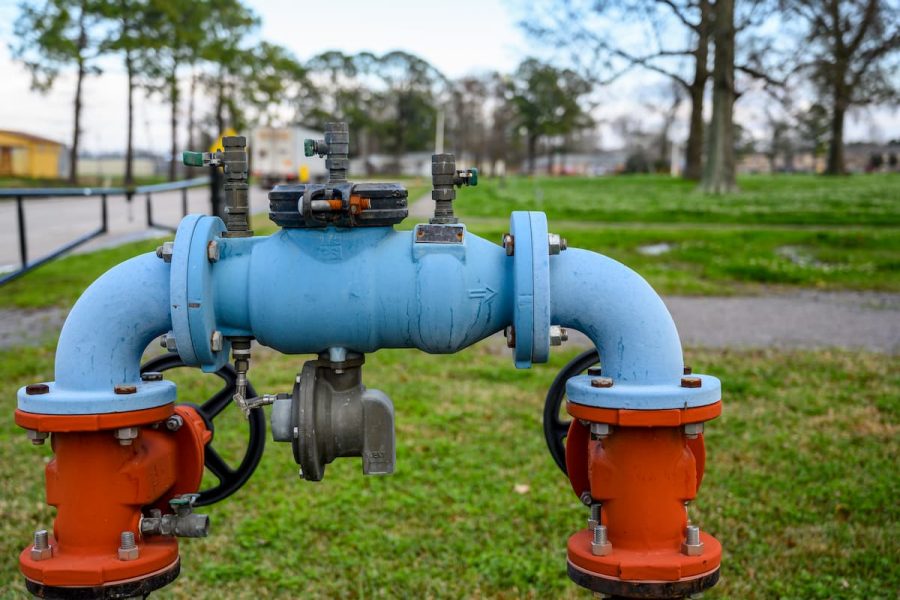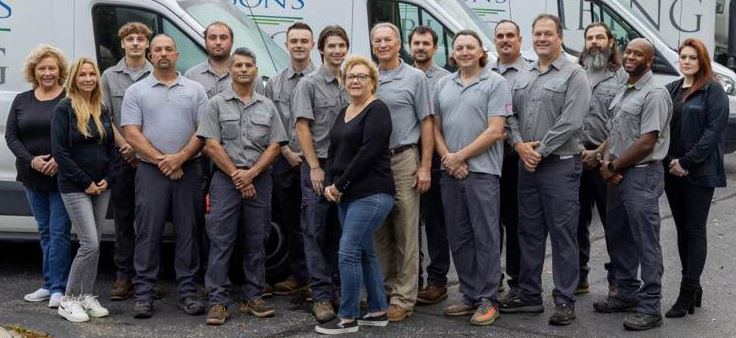
One of the things that you need to be aware of as a commercial property owner is the importance of backflow prevention. Backflow is the term used to describe the reversal of the flow of water in the plumbing system. This can happen for a variety of reasons, but it usually happens because of a sudden change in pressure in the system.
Backflow can cause a lot of problems, including the contamination of the water supply. That is why it is so important to make sure that you have a backflow prevention system in place. This article will explain the importance of backflow prevention and how you can make sure that your commercial property is protected.
What is backflow?
Backflow is the term used to describe the reversal of the water flow in a plumbing system. It is typically caused when there is a sudden change in pressure in the system, resulting in water flowing in the opposite direction. This can happen for a variety of reasons, such as when the water supply is interrupted or a large amount of water is used.
Backflow can have serious consequences for a commercial property, as it can lead to contaminated water and potential health and safety risks. If the water supply is contaminated, it can spread quickly, resulting in potential serious illnesses. In addition, backflow can lead to damage and corrosion of the system, resulting in expensive repair bills.
It is important to have a system in place to prevent backflow in a commercial property. This system should be regularly tested and inspected to ensure that it is effective. Having a backflow prevention system in place can protect a business from a range of problems, including contamination of the water supplies, health risks, and costly repairs.
How can I prevent backflow on my commercial property?
Backflow prevention is the key to protecting your commercial property from the dangers of backflow. There are several steps you can take to prevent backflow, including:
- Installing an air gap device – Air gap devices help prevent hazardous water from entering the water supply line. This is achieved by preventing the mixing of contaminated water and clean water, as they must pass through two isolated openings that create an air gap.
- Installing a backpressure valve – Backpressure valves are designed to protect the building’s potable water supply. They control the reservoir pressure and will cut off the water supply if it detects a drop in pressure or an abnormal water flow.
- Regularly testing the pressure on the main water line – Pressure gauges can be used to check the pressure on the main water line. If the pressure is too low, we can help ensure that the problem is resolved.
- Regularly inspect all plumbing fixtures – All of the building’s plumbing fixtures should be inspected regularly to make sure they are not leaking, blocked, or malfunctioning. The building and plumbing inspections should be done at least once a year.
- Installing a backflow prevention device – Cross Connection Control devices are installed in the pipe to protect it from backflow. The device will shut off the incoming water supply if there is a backflow event.
Backflow prevention is an essential part of maintaining a healthy and safe water supply to your commercial property. Unregulated backflow can lead to potential health risks and costly repairs. We recommend that you inspect and maintain your backflow prevention devices on a regular basis. In addition, an we can test your backflow prevention devices to ensure optimum performance.
If you notice any signs that may point to a backflow issue, visit our contact page as soon as possible. We will be able to assess the issue, determine the cause, and repair the issue before it becomes a bigger problem. Don’t let backflow go untreated — act now to prevent any potential complications down the road.
